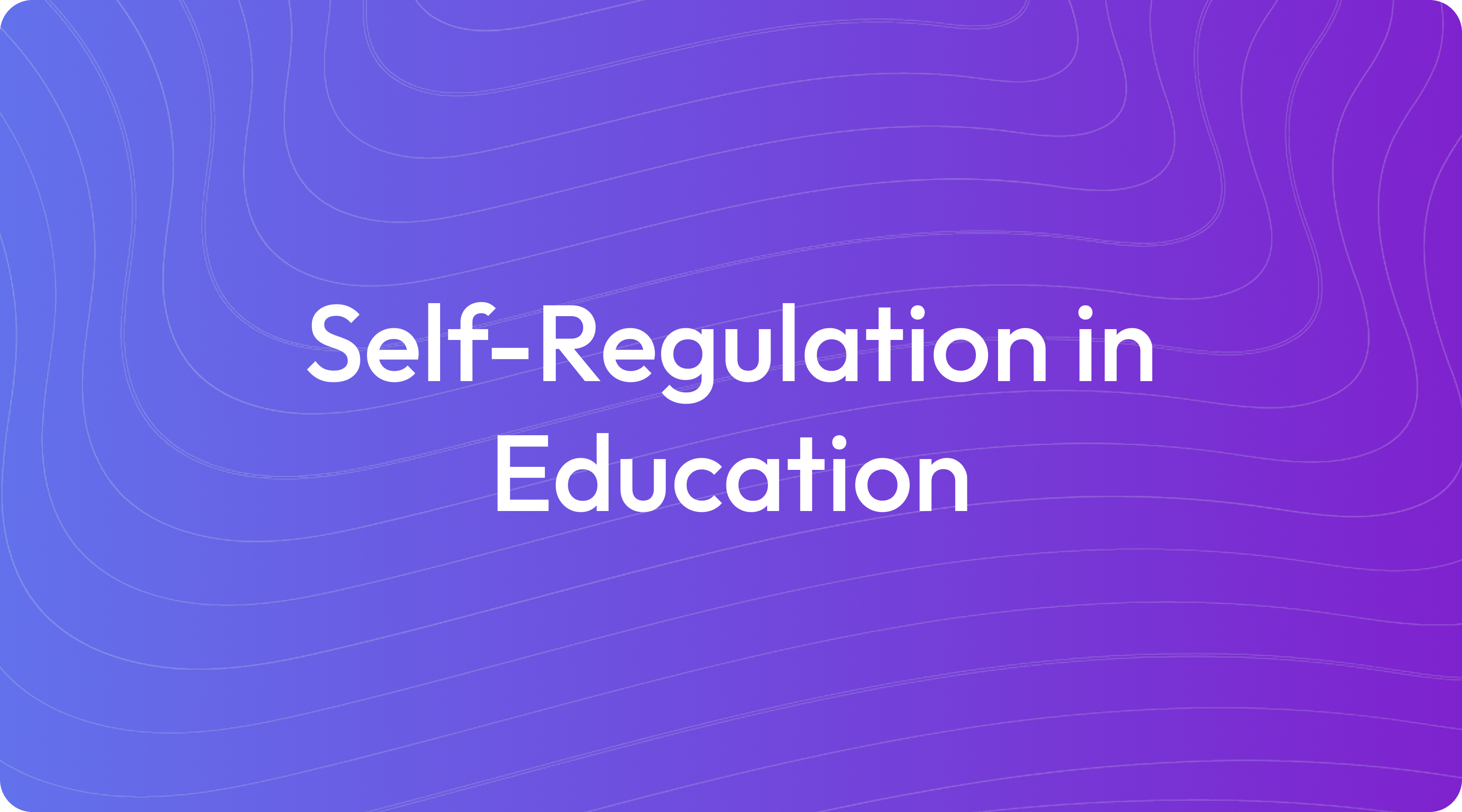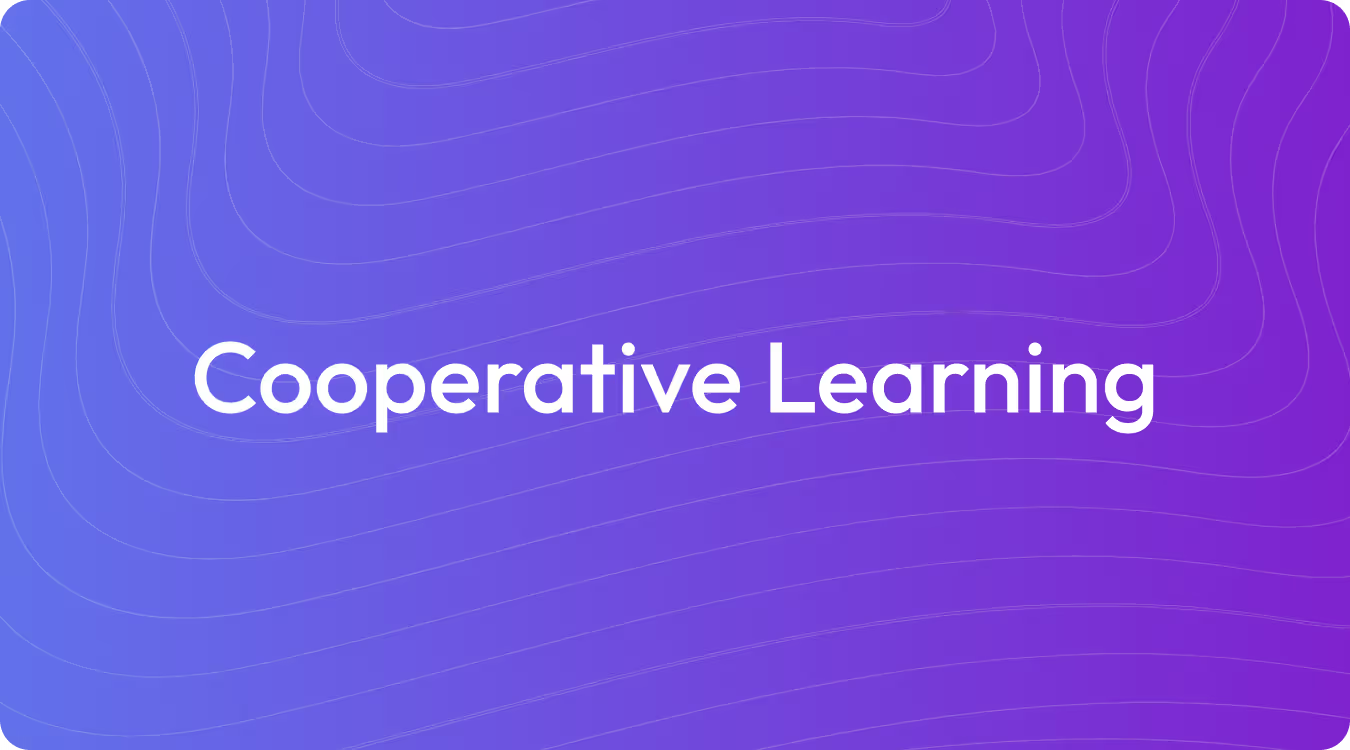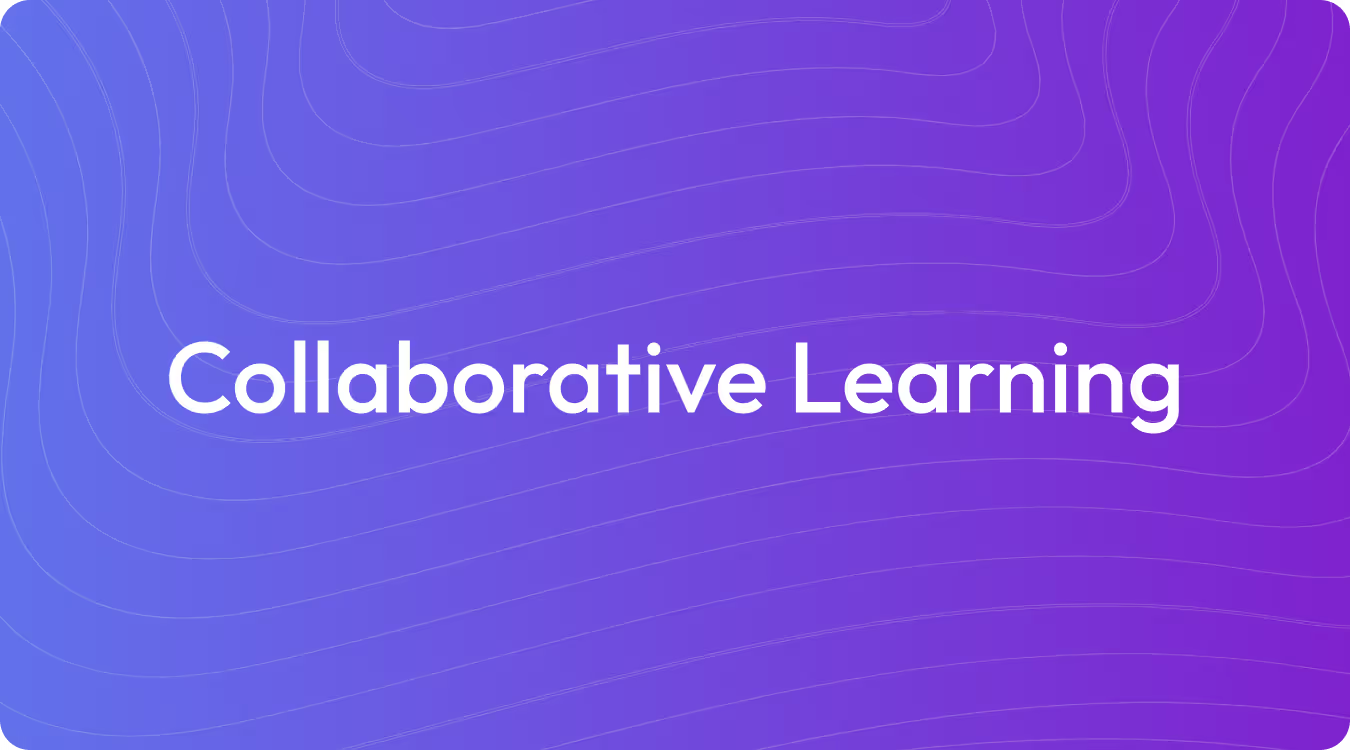What Is Multilingual Learning?

What Is Multilingual Learning?
Multilingual learning is an approach to teaching students who speak or are learning more than one language. Instead of focusing on what students may not know, this approach views their existing languages and cultural backgrounds as valuable strengths in the classroom. The main goal is to create a welcoming environment where students feel comfortable using all their ways of communicating to connect with new material. This supports their academic success and enriches the learning experience for the entire class.
.png)
Multilingual Learning Strategies and Activities
To support multilingual learners, you can use a range of instructional strategies that build on their existing knowledge. These methods, informed by research from organizations like WIDA, often include tools like sentence stems, visual aids, and academic vocabulary supports. The goal is to honor a student's home language while helping them participate in English-dominant classrooms.
These strategies move away from a deficit-based view by recognizing students' linguistic and cultural backgrounds as assets. Activities are designed to build on prior knowledge, encourage collaboration, and integrate language practice with content learning.
Here are some strategies and activities for multilingual learners:
- Build on Background Knowledge: Activate prior knowledge before a lesson using tools like KWL charts.
- Use Visuals and Multimodal Materials: Supplement texts with videos, images, and diagrams to provide context and support understanding.
- Teach Key Vocabulary: Explicitly teach academic vocabulary before lessons and use graphic organizers like word maps to make connections.
- Provide Structured Talk Opportunities: Use collaborative activities like 'think-pair-share' and group discussions to give students time for oral language practice.
- Use Sentence Frames: Offer sentence or response frames to provide a structure for students to express their ideas in speaking or writing.
- Encourage Collaboration: Design group or partner activities that promote peer-to-peer communication and language use.
- Use Hands-On Activities: Incorporate manipulatives and activities that integrate listening, speaking, reading, and writing.
- Honor Home Languages: Allow students to use their full linguistic repertoire, including their home language, to make sense of content through practices like translanguaging.
- Check for Comprehension: Ask students to summarize or apply skills to check their understanding, using graphic organizers to help them organize their thoughts.
- Provide Clear Instructions: Give clear, concise, and written instructions to make sure students understand task expectations.
Multilingual Learning Benefits
A multilingual learning environment can produce a variety of outcomes for students. These effects span cognitive, social, and academic areas, influencing how learners process new information and interact with the world around them.
Here are some of the documented effects of multilingual learning:
- Cognitive Abilities: Development of skills related to problem-solving, multitasking, and memory.
- Communication Skills: The capacity to communicate with a broader range of people, which can foster cross-cultural understanding.
- Career Opportunities: Access to a wider array of job prospects, particularly in fields like international business, translation, and diplomacy.
- Cultural Awareness: Exposure to different cultural perspectives, which can increase empathy and sensitivity.
- Academic Performance: Students may show improved performance on standardized tests and in subjects like math and science.
- Travel Experiences: The ability to connect more deeply with local populations and cultures during travel.
- Cognitive Health: Research suggests a possible link to delaying the onset of age-related cognitive decline, such as dementia.
- Efficient Language Learning: When learning similar languages, students can find reinforcement of shared vocabulary and grammar structures.
- Pattern Recognition: Working with multiple linguistic systems may strengthen a student's ability to recognize patterns.
- Literacy Development: Learning another language can have an effect on literacy and comprehension skills in a student's primary language.
Multilingual Learning Examples
Implementing multilingual learning involves using specific strategies and materials in the classroom. These approaches often focus on integrating a student's home language and cultural experiences into the daily learning environment to support their connection to new content.
Research suggests that multilingualism is connected to certain cognitive functions, such as working memory and task switching. However, it is also noted that if a student's home language is not continually used and developed, they may experience a loss of proficiency in it over time.
Here are some examples of multilingual learning strategies in practice:
- Visual Supports: Using real objects, manipulatives, and gestures to introduce new vocabulary words and concepts.
- Home Language Integration: Incorporating key words and phrases from a student's home language into classroom instruction and conversation.
- Culturally Relevant Materials: Providing books, posters, and other tangible items that reflect the languages and cultures of the students in the classroom.
- Structured Talk Opportunities: Using songs, chants, and group activities to create predictable and supportive moments for language practice.
- Environmental Print: Placing labels on classroom items in multiple languages, sometimes with color-coding, to help students make connections between words and objects.
Multilingual Learning Best Practices
Best practices for multilingual learning often involve strategies that honor students’ home languages while also providing supports like sentence stems, visuals, and structured talk opportunities. These approaches are informed by research from figures and organizations such as Jim Cummins, Colorín Colorado, WIDA, and Zwiers & Soto.
Implementing these practices involves creating a classroom environment that welcomes students' full linguistic repertoires and engages families. It can also include school-wide efforts, such as posting multilingual signs and providing professional development guides for teachers and administrators.
Here are some examples of multilingual learning best practices:
- Translanguaging: Using a student's home language alongside English to support learning, rather than limiting communication to their developing English skills.
- Peer Interaction: Creating chances for students who speak the same language to talk with one another and use their home language.
- Family Involvement: Inviting families to take part in classroom activities, like teaching the class important words or hosting an event.
- Classroom Labeling: Working with parents to label items in the classroom in both English and home languages and then using those labels during instruction.
- Cultural Displays: Showing flags and cultural items from students' home countries within the classroom.
Teach with TeachShare
Adopting a multilingual learning approach creates a richer, more inclusive classroom by treating every student's background as a valuable asset. Our platform supports this with Boosts, which embed research-backed strategies like scaffolding into your resources with a single click, helping you apply intentional pedagogy and differentiate instruction. Start creating resources with TeachShare now.
Frequently Asked Questions
Answer







